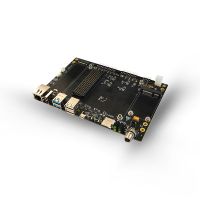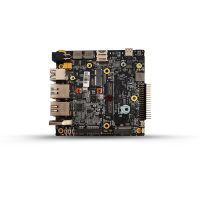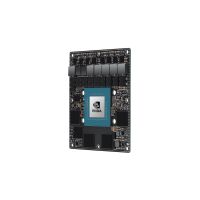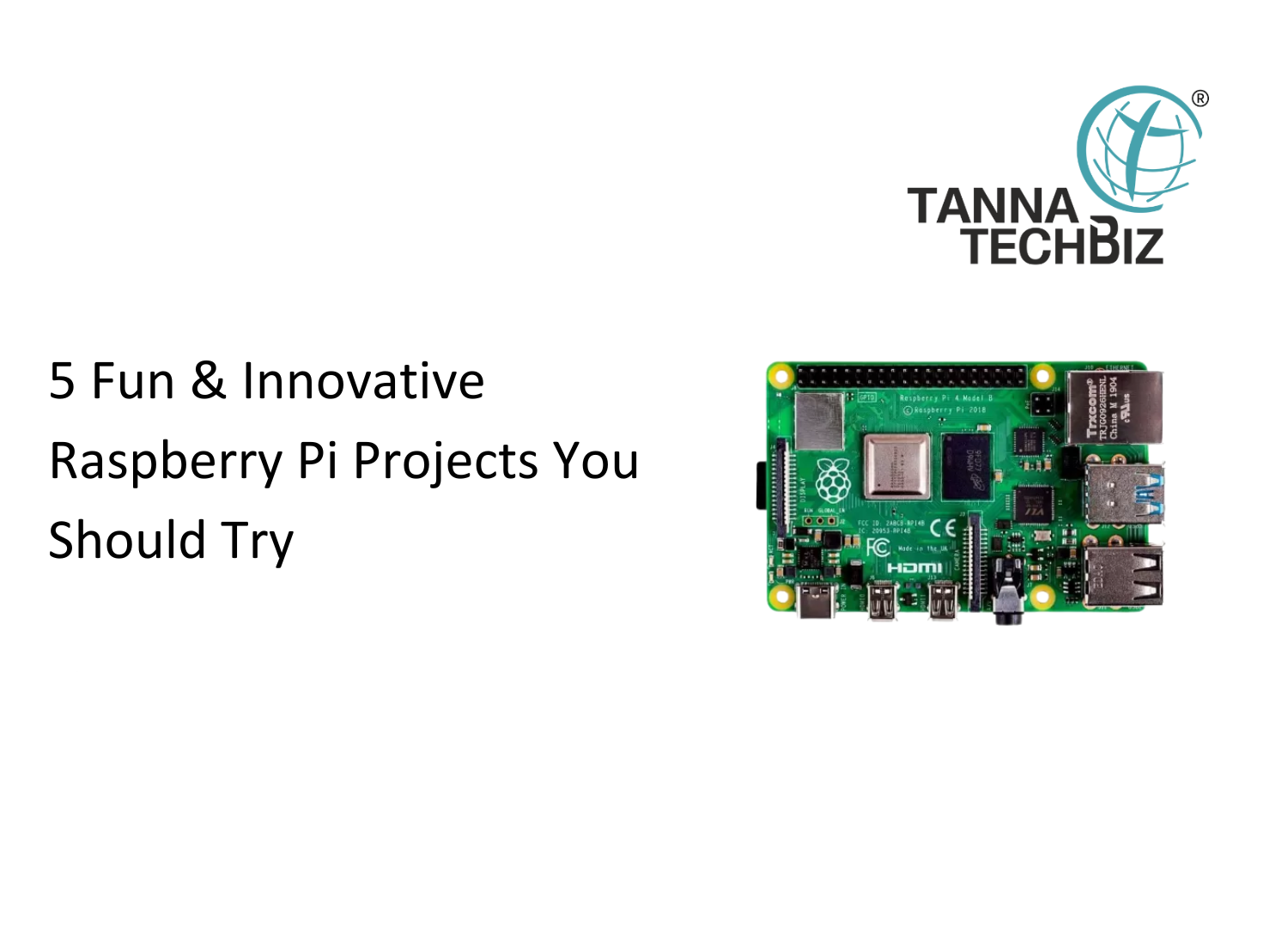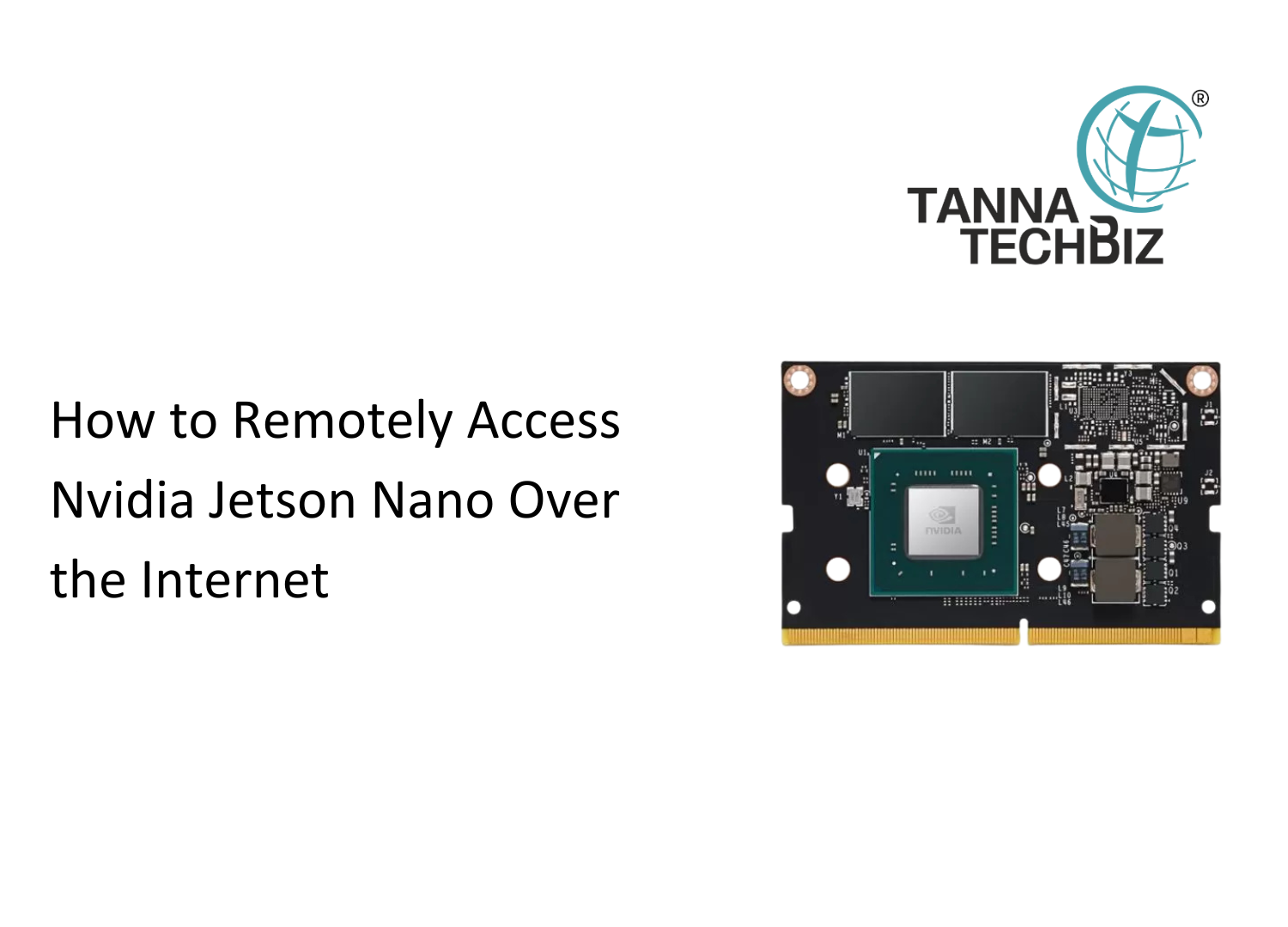Comparison of Realtime's Carrier Boards for NVIDIA® Jetson AGX Xavier Modules
February 20, 2024 207

Comparison of Realtime's Carrier Boards for NVIDIA® Jetson AGX Xavier Modules
Introduction
In the realm of AI development and deployment, selecting the right carrier board is crucial for maximizing the potential of NVIDIA's Jetson AGX Xavier modules. Realtime, a reputable provider of embedded computing solutions, offers a range of carrier boards tailored to meet the diverse needs of AI developers. In this comparative analysis, we'll delve into the technical specifications of two notable offerings from Realtime: the RTSO-1001 and RTSO-1002 carrier boards.
RTSO-1001 Carrier Board:
The RTSO-1001 is specifically designed for compatibility with the AGX Xavier module. It offers a single HDMI output for display connectivity and dual UART serial ports for debugging purposes. With a variety of USB ports, including a USB 3.0 Type-C interface and MicroUSB OTG, the RTSO-1001 provides flexible connectivity options. Additionally, it features dual GbE ports for network connectivity, along with support for Mini PCIe expansion and MIPI cameras.
RTSO-1002 Carrier Board:
The RTSO-1002 caters to the AGX Xavier module and offers enhanced connectivity options compared to the RTSO-1001. It features a combination of HDMI and DisplayPort outputs for display connectivity, providing greater versatility. With additional USB 3.0 ports and support for MicroUSB OTG, the RTSO-1002 offers expanded connectivity options for peripheral devices. It also retains dual GbE ports, Mini PCIe support, and MIPI camera interfaces for comprehensive functionality.
Technical Specifications Comparison
| Feature | Realtime's RTSO-1001 | Realtime's RTSO-1002 |
| NVIDIA GPU SoC Module | AGX Xavier/AGX Xavier Industrial | AGX Xavier/AGX Xavier Industrial |
| Networking | 2 x GbE(10/100/1000 BASE-T) | 1 x GbE(10/100/1000 BASE-T) |
| Wi-Fi | 1 x M.2. key E interface | - |
| Display Output | 2 x HDMI TYPE A interface | 1 x HDMI TYPE A interface |
| Temperature | Operating: -40 to +85°C | Operating: 20 to +85°C |
| USB | 2 x USB Type-C interface,P10 support system flash function, 5V/1A output current; 2 x USB TYPE A interface,Support usb2.0、usb3.0 signal,5V/1A output current; 1 x USB 2.0 Micro interface,Used as slave interface to connect Xavier UART2 and UART3(debug port) | 2 x USB TYPE A 3.1 ports GEN1, support usb2.0, usb3.1 signals, 1A output current; 2 x USB TYPE A 2.0 ports, support usb2.0 signal, 1A output current; 1 x Micro USB 2.0 interface, used as a slave interface; |
| Camera | cemera interface | 4 x MIPI interface(2LANE) |
| Storage | 1 x Micro SD Card,2 x M.2 Key M | 1 x Micro SD Card,1 x M.2 Key M |
| CAN bus | 2 x CAN interface | 2xCAN |
| User Expansion | 1x miniPCle | 1x miniPCle |
| SIM Card | 1 x Micro SIM Card | 1 x Micro SIM Card |
| Thermal Solution | 1 x Fan Connector | 1 x Fan Interface |
| Expansion Header | 3xUART (1 debug) | 3xUART (1 debug) |
| Input Power | -+9V to +20V | -+9V to +20V |
| Buttons | 1 x Reset Button;1 x Recovery Button;1 x Power Button | 1 x Reset Button;1 x Recovery Button |
| RTC Battery | 1 x RTC interface,the board built-in RTC supercapacitor | 1 x RTC battery holder |
| PCB/Electronics Mechanical Info | 105x105x29 | 170x130x23 |
| Weight | 105g | 160g |
| Product Link | Link | Link |
Conclusion
Both the RTSO-1001 and RTSO-1002 carrier boards from Realtime offer robust features and capabilities for AI development projects based on the AGX Xavier module. While the RTSO-1001 provides essential connectivity and expansion options, the RTSO-1002 offers additional features such as DisplayPort output and more USB ports, catering to more demanding AI applications. Consider your specific project requirements and desired feature set to determine the most suitable carrier board for your AI development needs.
I hope this blog post was helpful. If you have any questions or feedback, please let me know

